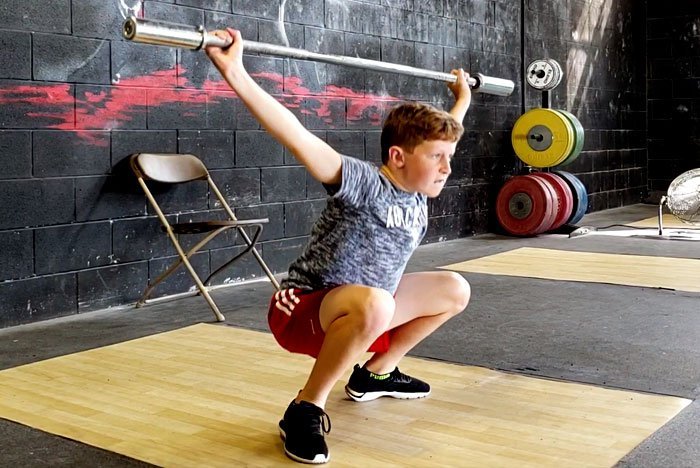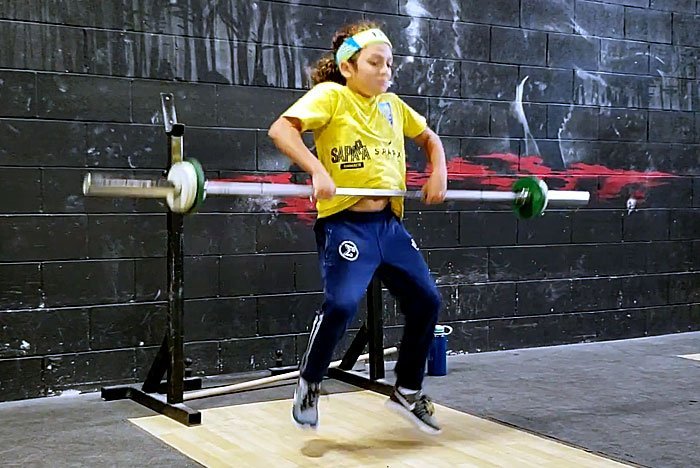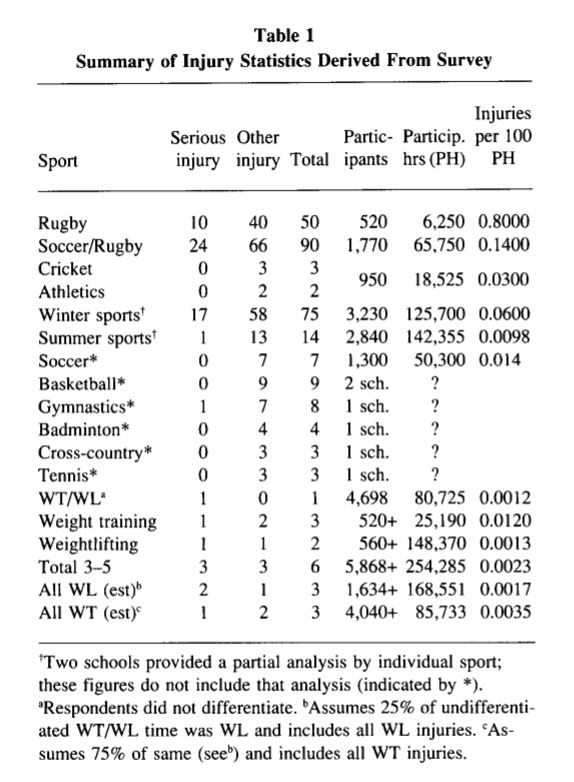
As with most new experiences in life, starting a new journey often comes with its own set of fears. This is especially true when it comes to children and weightlifting. In the past, the idea of kids engaging in weight training was widely frowned upon—largely due to misinformation and outdated beliefs.
However, today, research and expert recommendations not only support but actively encourage weightlifting for children. When done properly and under supervision, weightlifting is 100% safe and offers a wide range of benefits that contribute to both physical and mental development.

Drs. Holly Benjamin and Kimberley Glow wrote an article Strength Training for Children and Adolescents: What can physicians recommend? published in The Physician and Sports Medicine Vol.31-No.9 September 2003. It provides an honest appraisal of the value of strength training for young athletes and the risks associated with various forms of strength training.
Their conclusion was that the “current published literature demonstrates that the benefits of strength training far outweigh the potential risks.” Interestingly, they found that the safest type of strength training involved Olympic Lifting because of the heavy emphasis on proper technique.
As long as the strength training program is supervised, the answer is a resounding “YES IT IS SAFE” from the following organizations:
- American Academy of Pediatrics
- American College of Sports Medicine
- American Orthopaedic Society for Sports Medicine
- British Association of Sports & Exercise Science
- Canadian Society for Exercise Physiology
- National Strength and Conditioning Association
- United Kingdom Strength & Conditioning Association
Let’s address some major concerns that may be associated with children and weightlifting:
Will weightlifting stunt growth?
No, this myth has been thoroughly debunked, and scientific research has found no evidence that weightlifting stunts growth. In fact, there is strong evidence that supervised resistance training can strengthen bones and joints, reducing the risk of fractures and injuries. For a more in-depth review of this topic, please refer to our article (article).

Weightlifting is too dangerous for kids?
Just like anything in life, there is always some level of risk (e.g., walking in a park, taking a flight, etc.). However, in the case of weightlifting, the risks only arise when there is a lack of proper supervision—not from lifting itself. Injuries typically occur due to improper technique, excessive load, or inadequate supervision. In fact, when done under qualified supervision with proper form, weightlifting is safer than many contact sports such as hockey or football.
This is a view of the safety of weight training and particularly weightlifting that is supported by empirical evidence. Brian Hamill conducted a survey involving a number of British schools and published the results in the article Relative Safety of weightlifting and weight training that appeared in the Journal of Strength and Conditioning Research 1994;8(1);53-57. The results appear below:


Will lifting weights will make my child to muscular and bulky?
This is simply not true, as most children do not produce enough testosterone to develop large muscles like adults. It’s also important to note that weightlifting is primarily focused on building functional strength and coordination, rather than muscle bulk, as seen in traditional bodybuilding workouts.)
Is weightlifting necessary is my child already plays sports?
Yes, while weightlifting enhances athletic performance by improving speed, power, agility, and coordination, its most important benefit is balancing muscle development, which is key to injury prevention. Many sports create muscular imbalances due to repetitive one-sided movements, such as pitching in baseball or kicking in soccer. If left unaddressed, these imbalances can lead to movement deficiencies and a higher risk of injury over time
How much weight should my child lift?
A proper weightlifting plan always ensures that a child progresses gradually, with weight increases only occurring when they are ready and never at the expense of proper form and technique
How often should my child lift?
With a proper training program, a child can theoretically lift 5-6 times a week, as gradual progression and a strong emphasis on technique help eliminate the risk of stress or overuse injuries. That said, a child’s program should be tailored to their individual needs and adjusted accordingly to ensure balanced development and recovery. For a more in-depth review of this topic, please refer to our article (article).
Is weightlifting to mentally demanding for children
Life is hard—really hard! And while weightlifting is certainly challenging, it will never be a mental burden. Instead, it helps build discipline, confidence, and mental resilience, benefiting your child not only in sports but in all areas of life.
Sources:
- Policy statement: strength training by children and adolescents. Pediatrics 2001;107(6):1470-1472
- American College of Sports Medicine’s guidelines for exercise testing and prescription. 7th. edition Williams & Wilkins, Phil, Penn.
- Strength Training for Children and Adolescents: The Physician and Sportsmedicine: Vol. 31 No. 9 pp.19-26
- British Association of Sports and Exercise Science’s position statement on guidelines for resistance exercise in young people. Journal of Sports Science 22: 383-390
- Canadian Society for Exercise Physiology position paper: resistance training in children and adolescents, Appl. Physiol. Nutr. Metabol. 2008 (33) 547-561
- National Strength and Conditioning Association Position Statement on Long-Term Athletic Development. Journal of Strength and Conditioning Research Vol. 30 No. 6, June 2016 pp.1491-1509.
- United Kingdom Strength and Conditioning Association position statement: Youth resistance training. Prof. Strength Cond. J.: (26) 26-39, 2012.
About the Author: Clance Laylor
Related Articles


